Sleeper buses in Vietnam are a unique mode of transportation primarily designed for overnight travel, allowing passengers to rest comfortably during long journeys. Unlike conventional buses with upright seating, sleeper buses feature reclining seats that can transform into almost flat positions, resembling bunk beds. Each bus typically accommodates around 36 passengers, catering to both locals and tourists who seek a convenient and economical way to traverse the country's diverse landscapes. The convenience offered by sleeper buses, combined with their affordability, makes them a popular choice for those exploring the beautiful regions of Vietnam, from the bustling cities to the tranquil countryside. Whether you are journeying from Ho Chi Minh City to Hanoi or embarking on a shorter trip to picturesque locations, the sleeper bus experience promises an intriguing blend of comfort and cultural adventure.
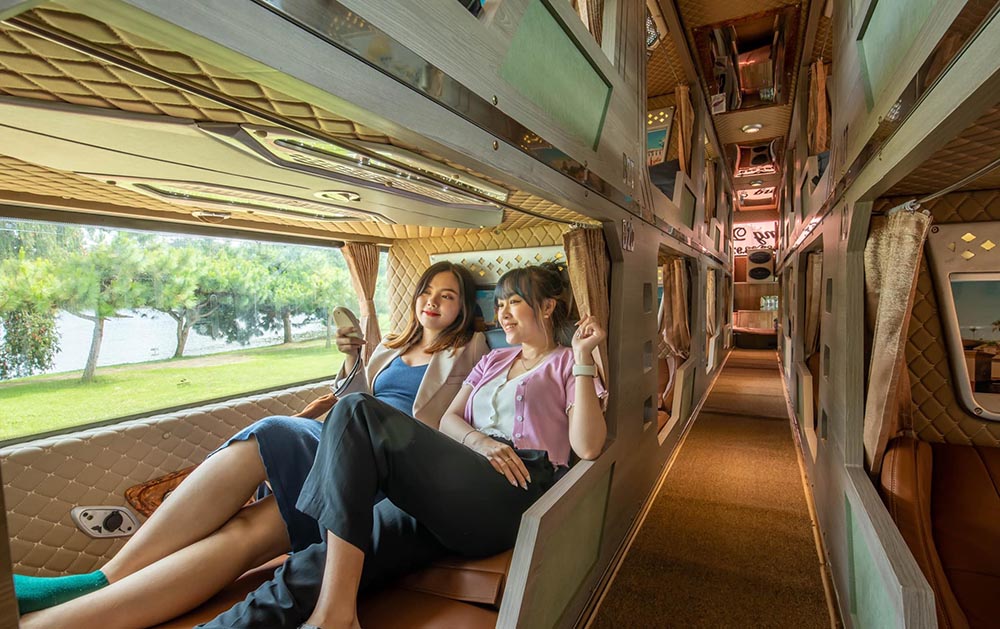
Sleeper buses in Vietnam represent a standout innovation in the realm of long-distance travel. These buses are specially designed to ensure that passengers can rest comfortably while traversing vast distances across the country. The layout of sleeper buses typically includes rows of reclining seats that can be adjusted to a near-horizontal position, allowing passengers to snuggle in and get some sleep. The seating configuration, often resembling bunk beds, optimizes space while offering a cozy traveling experience.
Moreover, sleeper buses serve as a vital link in Vietnam's extensive transportation network, connecting major cities and tourist hotspots. They allow travelers to save on accommodation expenses by providing an overnight journey alternative, where one can travel and rest simultaneously, making it an efficient choice for budget-conscious explorers. Overall, sleeper buses present a pragmatically delightful way to experience Vietnam's flourishing scenery and culture while enjoying the perks of a restful journey.
Sleeper buses in Vietnam boast various features designed to enhance passenger comfort and convenience during long journeys. Here’s a closer look at what these buses offer:
Seating Arrangement: The layout generally consists of rows of reclining seats or capsules, usually organized in tiers. This design allows more passengers to travel together without compromising on space. Passengers often have the choice between upper and lower bunks, with many favoring window seats for the scenic views and additional privacy.
Comfort: While sleeper buses are oriented towards comfort, they often lack the luxurious touches found in higher-end transportation. The reclining seats, which can lean back significantly, do provide a decent sleeping surface, but taller passengers might find the allotted space a bit restrictive. Bus operators typically provide pillows and blankets, but it's wise to confirm the amenities beforehand, as services can vary among different companies.
Amenities: The level of amenities varies between operators. While some sleeper buses are fitted with onboard toilets, many do not include these facilities. Passengers often depend on scheduled stops every 2.5 to 3 hours to use restroom facilities. These breaks also allow travelers to stretch their legs, grab a snack, or enjoy a quick meal.
Technology and Connectivity: Many sleeper buses are now making strides in technological amenities. This can include Wi-Fi access and charging ports for electronic devices, which have become increasingly essential for the modern traveler.
Booking Options: Sleeper bus tickets can be reserved online via platforms such as 12Go Asia and Baolau or obtained directly at bus stations and hotels. How companies handle seat selection can vary; some let you pre-select your desired seat, while others operate on a first-come, first-served basis.
Affordability: Based on the distance traveled and class of the bus, sleeper bus tickets range from approximately $12 to $25 USD. This competitive pricing makes sleeper buses an appealing option compared to other travel alternatives, especially for long-haul routes.
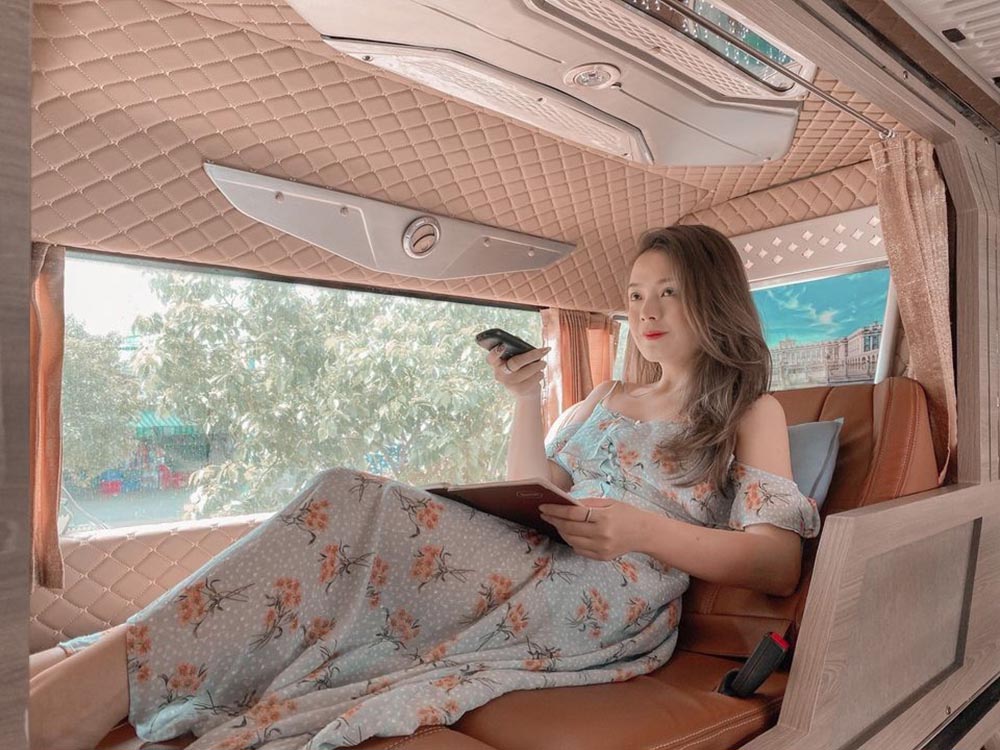
The variety in sleeper bus options in Vietnam caters to different traveler preferences and budgets. Here are the primary types of sleeper buses available:
Standard Sleeper Bus: This type generally features reclining seats that adjust into nearly laid-back positions, providing a decent level of comfort for the price. They are suitable for budget travelers who want to experience long-distance travel without splurging.
Luxury Sleeper Bus: For those seeking a more plush experience, luxury sleeper buses offer fully flat beds that provide enhanced comfort levels. These buses frequently include additional perks such as well-cushioned blankets, soft pillows, personal reading lights, and sometimes even entertainment systems.
Double-Decker Sleeper Bus: True to its name, this bus type is designed with two levels. The upper deck accommodates passengers, while the lower deck is typically reserved for luggage. This design maximizes space and efficiency, allowing more travelers to make use of the service.
VIP Sleeper Bus: VIP buses provide spacious compartments with fewer beds per bus, offering more privacy and comfort. Features often include curtains for each bed, wider beds, improved bed linens, and sometimes additional amenities like personal screens or charging ports.
Executive Sleeper Bus: This elevated option combines luxury and convenience, providing executive-level service. Passengers enjoy premium bedding, quiet ambience, and superior amenities that exceed those found on standard or luxury options.
Private Sleeper Buses: Some operators offer the option of booking a private sleeper bus for groups or families, providing additional space and comfort tailored to your needs and preferences.
By knowing your options, you can select the type of sleeper bus that aligns with your travel needs, ensuring a satisfying and restful journey.
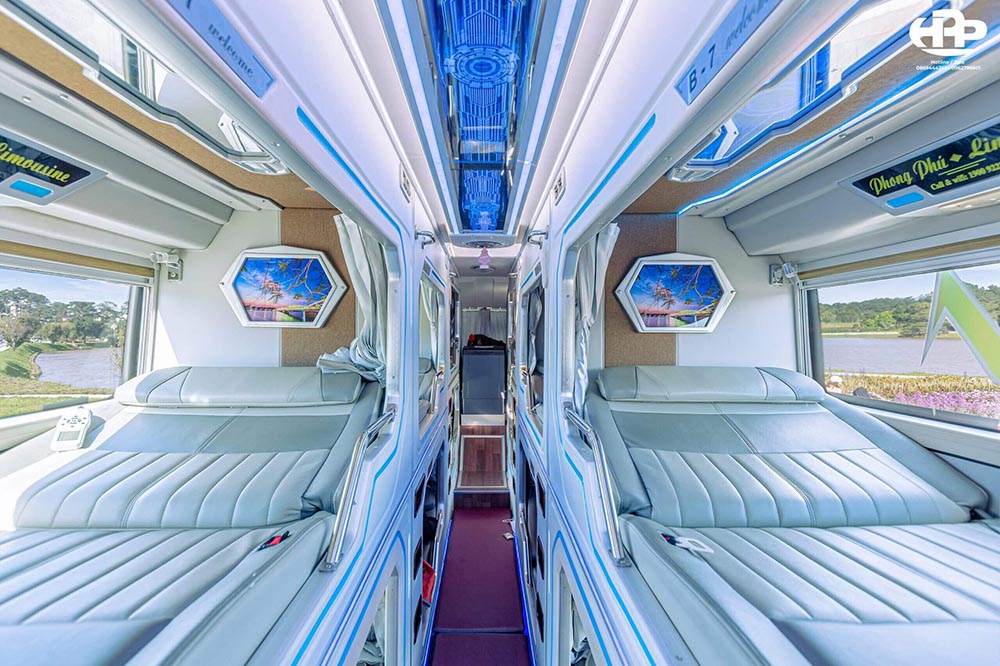
Booking sleeper buses in Vietnam is an accessible process through various methods and platforms, ensuring that enhancing travel experiences is easy. Here's a dive into ways you can book a sleeper bus:
Online Booking Platforms: Websites such as redBus and 12go.asia are highly regarded for making travel arrangements. These platforms allow users to filter bus types, schedules, and prices, providing a comprehensive view of available services. By offering comparisons between different operators, travelers can make informed decisions about their trip.
Travel Agencies and Hotels: Many hotels and travel agencies throughout Vietnam offer ticket-booking services for sleeper buses. This option is particularly helpful for travelers unfamiliar with the local language or those needing assistance navigating local practices. Simply inquire at your hotel's front desk for available options.
Bus Stations: For traditionalists, booking directly at bus stations is a viable option. This method enables travelers to view bus schedules and types physically, although arriving early is advisable to secure desired seats, especially during peak travel seasons.
Mobile Applications: Certain travel apps specific to Vietnam are also available for booking sleeper buses, providing travelers with on-the-go convenience in managing their bookings.
Social Media and Local Forums: Platforms such as Facebook groups and travel forums often include communities where members share experiences and tips. You might find direct recommendations for specific bus companies or useful booking tips, offering another layer of insight.
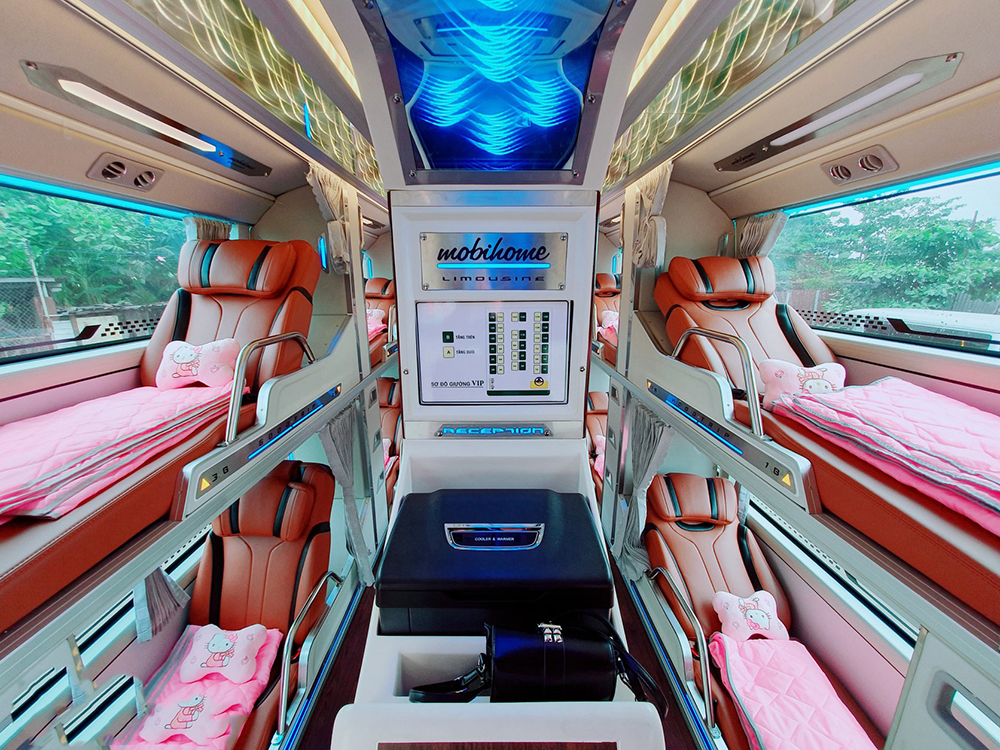
Here are some popular platforms offering sleeper bus bookings in Vietnam:
redBus: This platform has rapidly gained a reputation for being user-friendly and comprehensive, offering multiple operators and permitting comparisons on pricing and schedules to find the best deal.
12go.asia: Renowned for its simple interface, this platform enables access to various travel options, including sleeper buses. Users can also read reviews and understand each bus operator's services, helping them make intelligent choices.
Baolau: Another online provider, Baolau offers diverse bus routes and straightforward ticketing. It effectively simplifies the booking process while providing various travel solutions for visitors.
Each of these platforms ensures that your booking experience is convenient and reliable, enhancing your travel plans.
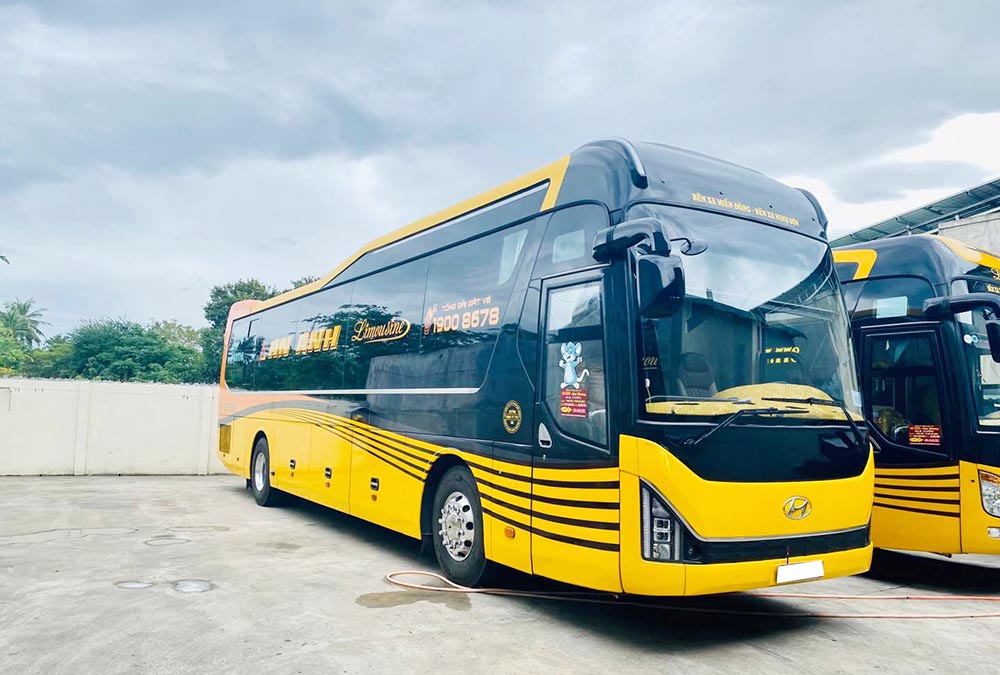
The costs associated with sleeper buses in Vietnam can fluctuate based on various factors, including route length, bus type, and the time of year. Here's a detailed breakdown of average ticket costs and pricing factors.
Cost Range: Typically, sleeper bus ticket prices can range between 150,000 VND ($6.50) to 750,000 VND ($30.50), based on the distance of travel and the level of service you choose.
Short Journeys: For shorter trips, such as a 4-hour ride, the average cost hovers around 400,000 VND ($16 USD).
Mid-Range Trips: A ride from Hanoi to Sapa lasting approximately 6 to 8 hours will generally cost between $10 to $25 USD, depending on the bus class.
Long-Distance Travel: For longer journeys, like traveling from Ho Chi Minh City to Da Nang, which can last 17 to 20 hours, expect prices to range from $15 to $35 based on whether you opt for basic, mid-range, or luxury options.
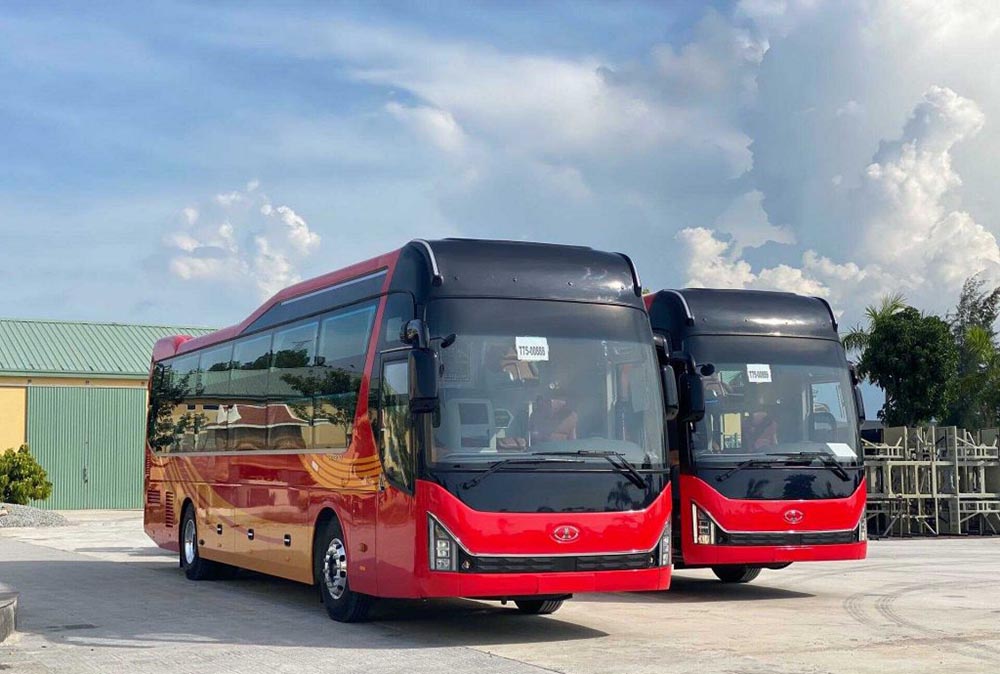
To evaluate sleeper buses' affordability with alternative travel methods, consider the following comparisons:
| Mode of Transportation | Average Price for Similar Distances | Notes |
|---|---|---|
| Sleeper Bus | $15 - $35 (long distances) | Affordable and allows passengers to rest during travel. |
| Trains | $30 - $80 (soft berth from Hanoi to HCMC) | Offers scenic views but can be pricier and slower. |
| Domestic Flights | $50 - $100 (one-way ticket) | Faster but adds extra costs for airport transfers. |
| Regular Buses | $10 - $15 (short journeys) | Slightly cheaper, but lacks sleeping arrangements. |
By comparing the pricing structures, sleeper buses emerge as a cost-effective solution for traversing Vietnam, appealing to budget-minded travelers seeking convenience without inducing a heavy financial burden.
Comfort and amenities aboard sleeper buses play a crucial role in ensuring a pleasant travel experience for passengers. These elements are designed to make long journeys more enjoyable and less tiring.
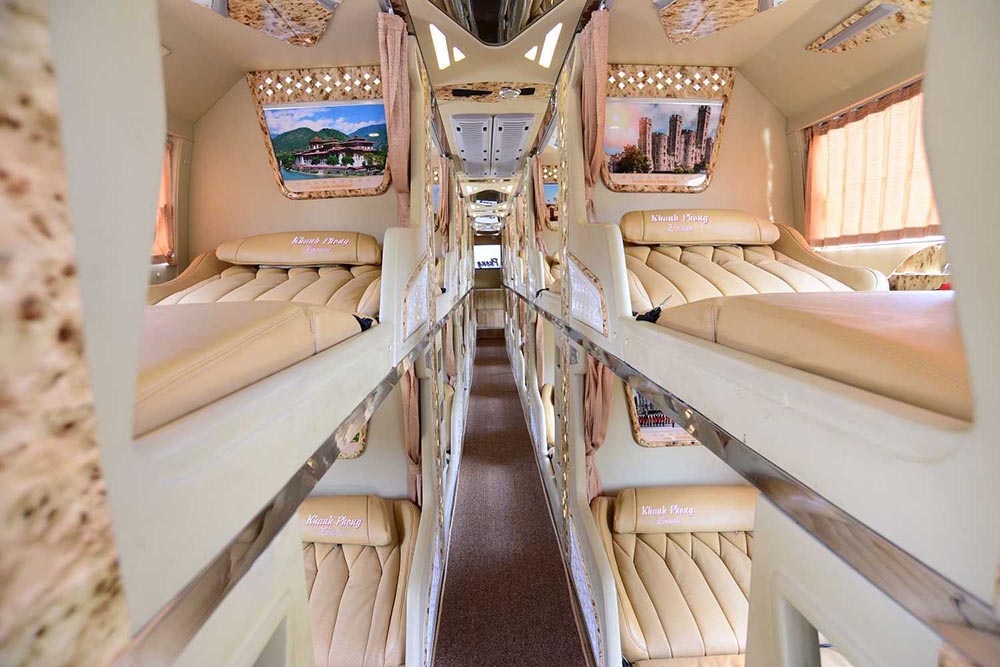
Interior Layout: The design of sleeper buses typically includes two levels of bunk-style beds arranged in a 2x1 or 2x2 configuration, maximizing space and comfort. This arrangement resembles a cozy bedroom on wheels, where passengers can recline comfortably for restful sleep. Punctually, each passenger is required to remove their shoes upon boarding to maintain cleanliness.
Comfort Factors: Unlike traditional bus seats, the seating in sleeper buses resembles beds that incline to varying degrees. Depending on the type of bus, some may have features that allow the backrest to rise slightly for added support. However, taller passengers should be aware that some discomfort may reside in those designs, tailored primarily for the average Vietnamese height.
Spacing and Amenities: Most sleeper buses feature important conveniences to improve the travel experience:
Privacy: Many sleeping compartments, particularly more luxurious VIP buses, include curtains to enhance privacy, creating an individualized cozy atmosphere for passengers to relax.
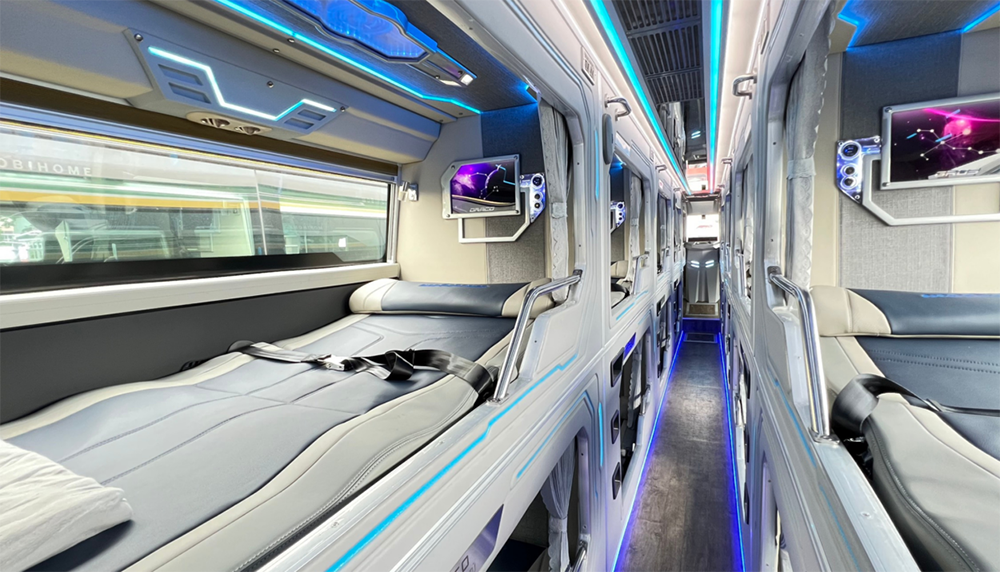
Charging Ports and Wi-Fi: Most sleeper buses come equipped with USB charging ports for passengers’ electronic devices, ensuring they remain charged throughout the journey. Wi-Fi services are also commonly offered, although their speed and reliability can vary.
Restroom Facilities: Some sleeper buses include onboard restrooms, clocking in invaluable for passenger convenience. However, all buses adhere to a schedule that provides multiple scheduled stops to accommodate bathroom needs and relieve passengers.
Entertainment Options: Many sleeper buses are outfitted with televisions, offering entertainment throughout the journey. Yet, the quality and availability of these services can substantially differ between bus operators.
Hygiene Considerations: While most sleeper buses maintain a reasonable cleanliness standard, passengers should remain prepared by bringing their own hygiene items, including disinfectant wipes and tissues, especially when onboard restrooms are available.
In summary, comfort, and amenities significantly enhance travel experiences aboard sleeper buses in Vietnam, catering comprehensively to passenger needs. By offering a mix of essential services, these buses help ensure that long journeys are kept as pleasant as possible.
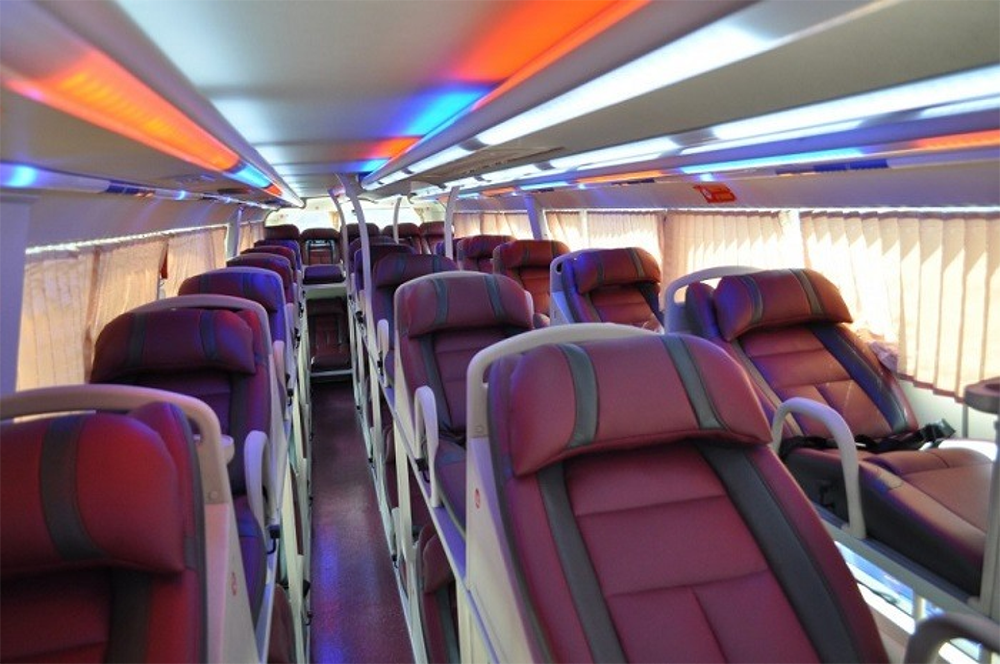
Safety remains a pivotal concern for travelers using sleeper buses in Vietnam. Given the unique landscapes and driving conditions, ensuring a secure and enjoyable journey is critical. Here are key safety considerations to keep in mind when using sleeper buses:
Safety Guidelines: Passengers are encouraged to adhere to specific safety guidelines for sleeper bus travel. This includes being vigilant with personal belongings to reduce the risk of theft and always wearing a helmet when riding motorbikes, complemented by awareness at stops.
Bus Condition: The condition of sleeper buses can differ significantly across various operators. Opting for reputable companies, such as Phuong Trang Futa Bus Lines and The Sinh Tourist, which maintain their vehicles well, is crucial. Reading reviews from previous travelers can offer insights into safety standards and service quality.
Layout and Seating: Becoming familiar with the seating layout can enhance safety. Passengers should utilize designated pathways for accessing their bunks and be mindful while moving about the bus, particularly during transit. It's also wise to consider seat choices lower bunks may feel more stable than upper ones.
Emergency Protocols: Knowing the location of emergency exits and the procedures to alert the driver or bus staff during unexpected situations is vital for all passengers.
Bathroom Breaks: Regular stops are scheduled every 2.5 to 3 hours for bathroom breaks. However, passengers should remain alert to their surroundings during these breaks, especially in unfamiliar areas.
By understanding and implementing these safety measures, travelers can significantly enhance their journey while reducing potential risks associated with long-distance travel.
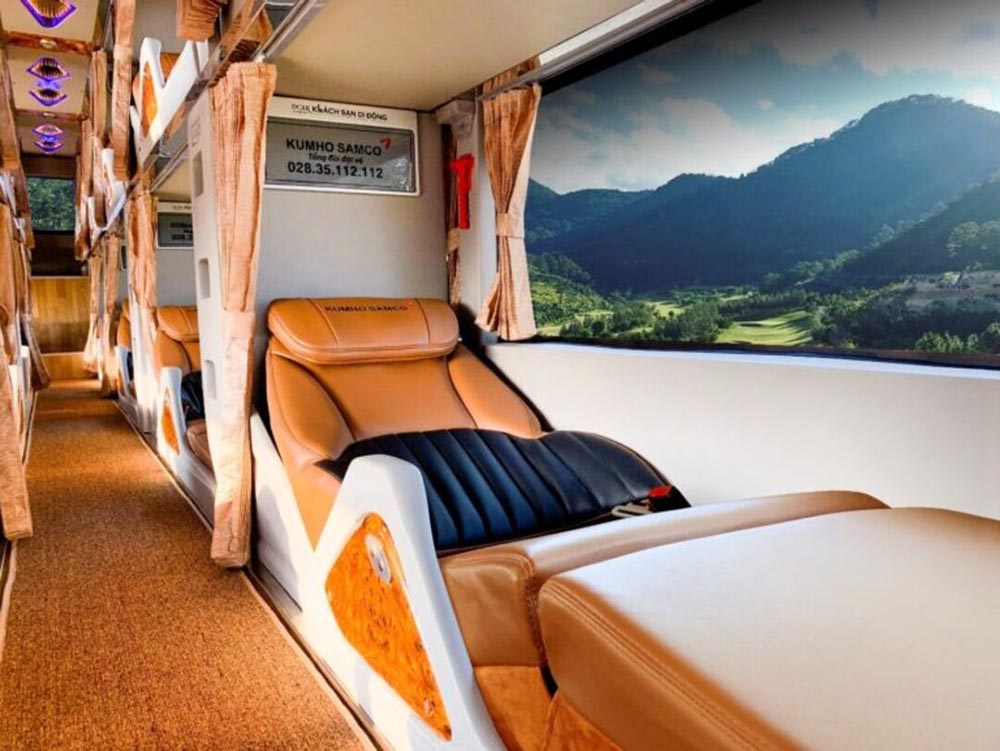
Passenger experiences on sleeper buses in Vietnam can vary greatly, but several common themes emerge from traveler feedback. Here are key insights shared by many:
Driving Styles: Many passengers express feelings of trepidation regarding some operators' driving styles, finding them fast-paced or abrupt. Sudden braking and sharp turns can be particularly unsettling for those unaccustomed to local driving habits. Keeping valuables close and staying aware of one’s surroundings is recommended during travel.
Comfort Expectations: It's crucial for passengers to manage their expectations regarding comfort. While sleeper buses are designed to provide a space for rest, they are not synonymous with luxury transport. This fact can especially impact taller travelers or those who desire more generous space.
Engaging with Locals: Breaks are often brief (lasting approximately 20-30 minutes), providing opportunities for passengers to engage with local vendors and experience the local culture. Travelers frequently mention that these interactions enrich their journey and provide a taste of authentic Vietnamese life.
Forecasting Delays: Sleeper buses may frequently encounter delays due to traffic and other factors. It’s advisable for passengers to plan accordingly and allow extra time for desired connections or activities after arrival.
Essential Preparations: Packing essentials such as snacks, a travel pillow, and toiletries ensures a smoother journey. Recommendations often include bringing your own toilet paper and personal hygiene supplies in addition to maintaining hydration throughout the ride.
Overall, while sleeper buses in Vietnam can present challenges, individual experiences often highlight the unique opportunity for cultural exchange and adventure during transit.
For an optimal experience on sleeper buses in Vietnam, it's prudent to consider dressing properly and packing essential items. Here’s a compilation of tips that can substantially improve your journey.
Comfortable Clothing: Opt for loose-fitting attire made from breathable fabrics. Long pants coupled with a cotton T-shirt will ensure a relaxed sleep experience.
Layering: Air conditioning can be quite brisk on sleeper buses. Bringing a light jacket or wearing long sleeves is advisable to maintain comfort throughout the trip.
Socks: As shoes are typically removed upon boarding, wearing socks can keep your feet warm and clean.
Travel Pillow: A well-cushioned travel pillow will provide crucial neck support during your journey.
Sleeping Mask: This can help block out any light, improving your chances of enjoying quality sleep.
Earplugs: Useful for minimizing noise disruptions, especially for light sleepers.
Snacks and Water: Staying hydrated and consuming light snacks can elevate comfort during the trip.
Portable Charger: Even though USB ports exist, bringing your own power bank can help ensure all devices remain charged.
Basic Toiletries: Pack tissues, hand sanitizer, and other essential toiletries to maintain personal hygiene.
Comfortable Shoes: Choose slip-on shoes for easy removal when boarding the bus, ensuring comfort when you re-board for the trip.
By following these suggestions on what to wear and what critical items to pack, you will significantly enhance your overall comfort and travel efficiency while on Vietnamese sleeper buses.
Are sleeper buses in Vietnam safe?
Yes, sleeper buses generally have a good safety record. However, it's essential to choose reputable operators and to stay alert during the journey.
What amenities can I expect on a sleeper bus?
Amenities typically include reclining seats, pillows, blankets, charging ports, and sometimes Wi-Fi. Onboard toilets may not always be available, requiring scheduled stops.
How can I book a sleeper bus?
You can book tickets online through platforms like 12Go Asia or redBus, via travel agencies, or directly at bus stations.
What should I bring for a sleeper bus journey?
It's recommended to bring snacks, a travel pillow, sleeping masks, earplugs, personal hygiene supplies, and comfortable clothing.
How much do sleeper bus tickets cost?
Prices typically range from $12 to $25 USD, with variations based on distance, bus type, and amenities.
Do sleeper buses operate overnight?
Yes, sleeper buses are primarily designed for overnight travel, allowing travelers to sleep as they travel long distances.
In conclusion, sleeper buses in Vietnam emerge as a unique and enriching travel option that balances affordability with comfort. While they might not offer the luxuries of alternative transport methods, their capacity to facilitate overnight journeys through stunning landscapes makes them a favorite among budget travelers. With a focus on ensuring passenger satisfaction through various bus types, competitive pricing, and ample opportunities for cultural interaction, these buses stand out in Vietnam’s transportation landscape. Whether you're traversing the bustling streets of Ho Chi Minh City or marveling at the serene vistas of the countryside, a sleeper bus journey can pave the way for unforgettable experiences while you travel. As you embrace the vibrant spirit of Vietnam, the roads you travel will not just connect destinations; they will weave stories of adventure, culture, and memories waiting to be formed along the way.